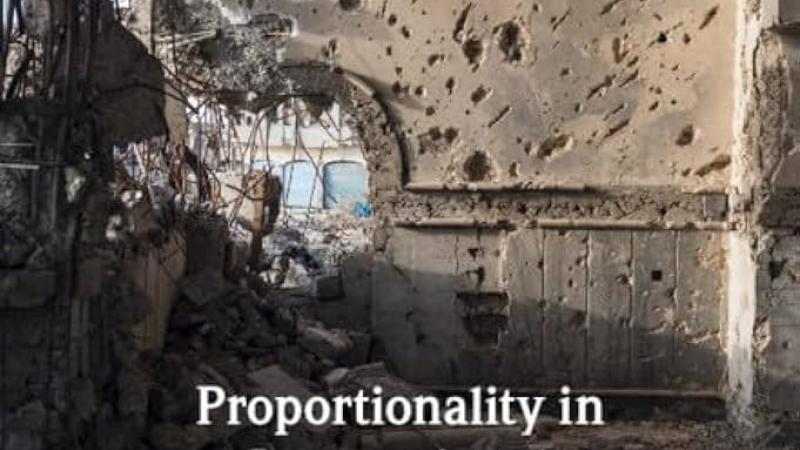
This book seeks to clarify the legal concept of proportionality in international humanitarian law, as it applies during armed conflict. It is argued in the book that a refocus of the interpretation of the proportionality rule is warranted to enhance the protection of civilians. More precisely, this book seeks to dissect the origins of the rule, determine how its components must be interpreted and how it is to be applied in practice. The book considers practical situations that may arise in the conduct of military operations and searches for the limits international humanitarian law sets to commanders' assessments of proportionality during armed conflict. The book concludes that proportionality is an inherently subjective and imprecise yardstick that nonetheless serves to protect civilians during armed conflict.
- Provides examples of the application of the international humanitarian law proportionality rule in practice, showing how it can be applied on different strategic, operational, and tactical levels
- Gives an in-depth analysis of one of the most elusive rules of the conduct of hostilities, describing the context in which the proportionality rule may be applied
- Debunks the myth that proportionality works only as a principle of international humanitarian law and demonstrates how instead it contributes as a rule to the protection of civilians during armed conflict